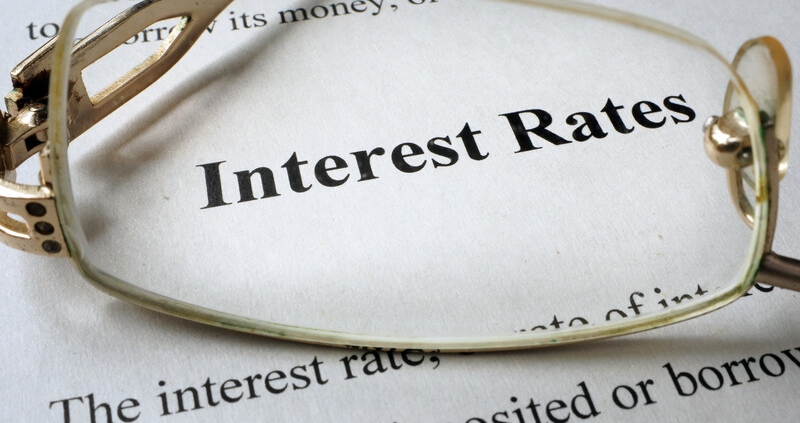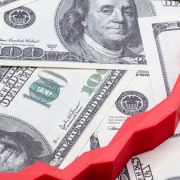More Hints That The Fed Might Not Cut Rates At All This Year
The Federal Reserve usually speaks as one. But it’s a big organization with many individuals, including those with their own reputations and areas of responsibility. And some have been coming out to question how many, or if any, interest rate cuts will be on the table for 2024 at all.
Neel Kashkari, president and CEO of the Federal Reserve Bank of Minneapolis, is the most recent voice wondering what degree of cuts might be possible. He wrote about the multiple factors that were making any prediction difficult. Disinflation has “stalled,” underlying economic demand has remained strong, and monetary policy is “much tighter” than before the pandemic.
In a discussion at the 2024 Milken Institute Global Conference in Los Angeles, California, replying to questions from New York Times’ economic reporter Jeanna Smialek, he said, “Inflation seems to have gone sideways while economic growth has remained resilient. It’s led me to question is monetary policy having as much downward pressure on demand as I would have otherwise expected.”
He pointed to the housing market, which has remained “remarkably resilient” given 30-year mortgage rates up to about 7.5%. He acknowledged questions about whether the so-called neutral interest rate — the short-term interest rate when the country sees full employment and stable inflation — might be higher than what the Fed has expected. It’s a point that Vanguard has raised.
If the neutral rate was higher than Fed estimates, “Instead of two feet down on the brakes, maybe only one, or possibly not much at all,” Kashkari said.
There are multiple scenarios he offered going forward, “the most likely” being that “we stay put for an extended period of time, until we get clarity on is disinflation in fact continuing, or has it, in fact, stalled out.”
If disinflation starts again or the country sees “marked weakening in the labor market,” there might be interest rate cuts this year, Kashkari said. “Or if we got convinced eventually that inflation is embedded or entrenched now at 3% and that we need to go higher, we would do that if we needed to.” “That’s not my most likely scenario, but I can’t rule it out.
Back in January, Christopher Walker, a Fed governor, notedthat economic news at the time was good.
“But will it last?” Walker asked. “Time will tell whether inflation can be sustained on its recent path and allow us to conclude that we have achieved the FOMC’s price-stability goal. Time will tell if this can happen while the labor market still performs above expectations. The data we have received the last few months is allowing the Committee to consider cutting the policy rate in 2024. However, concerns about the sustainability of these data trends requires changes in the path of policy to be carefully calibrated and not rushed.”
Source: GlobeSt.











